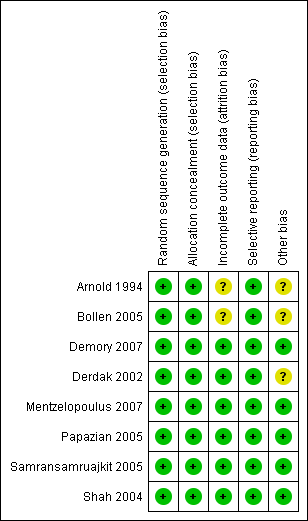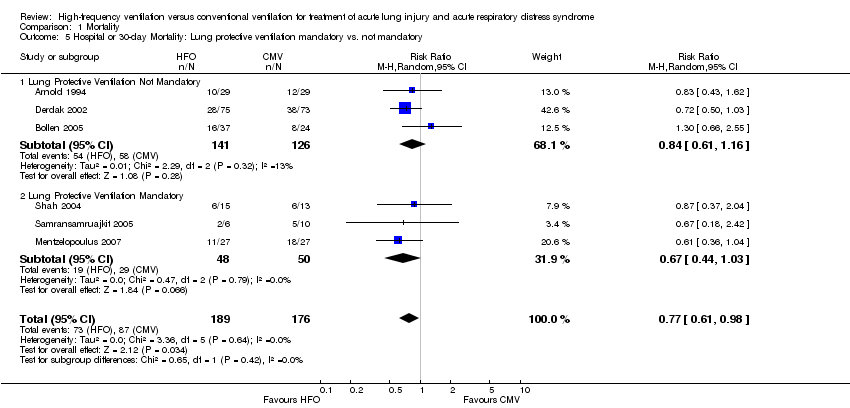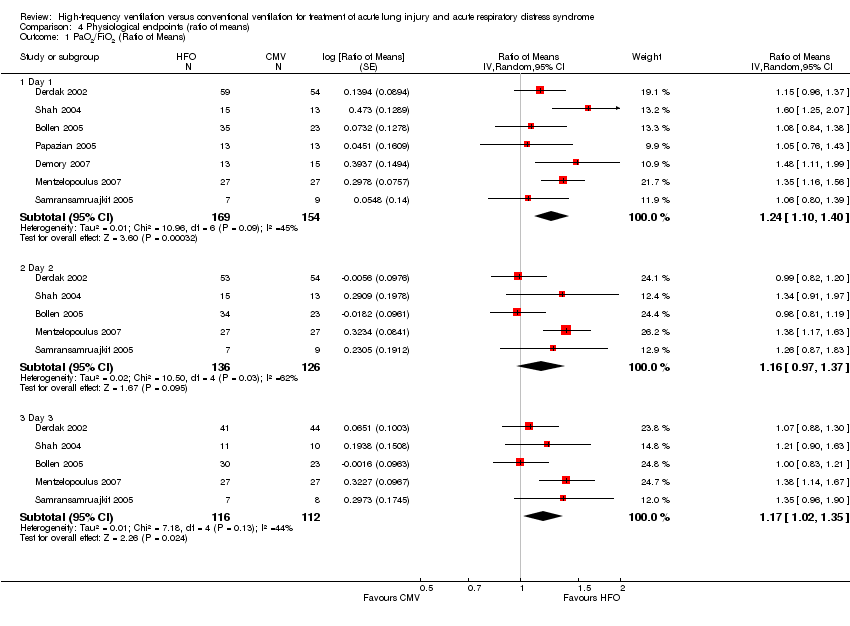Contenido relacionado
Revisiones y protocolos relacionados
Sachin Sud, Maneesh Sud, Jan O Friedrich, Hannah Wunsch, Maureen O Meade, Niall D Ferguson, Neill KJ Adhikari | 4 abril 2016
Binila Chacko, John V Peter, Prathap Tharyan, George John, Lakshmanan Jeyaseelan | 14 enero 2015
Nicola Petrucci, Carlo De Feo | 28 febrero 2013
Alka Kaushal, Conor G McDonnell, Mark William Davies | 28 febrero 2013
Joanne Guay, Edward A Ochroch, Sandra Kopp | 9 julio 2018
Imelda M Galvin, Andrew Steel, Ruxandra Pinto, Niall D Ferguson, Mark William Davies | 23 julio 2013
Carol Hodgson, Ewan C Goligher, Meredith E Young, Jennifer L Keating, Anne E Holland, Lorena Romero, Scott J Bradley, David Tuxen | 17 noviembre 2016
Roberto Santa Cruz, Fernando Villarejo, Celica Irrazabal, Agustín Ciapponi | 30 marzo 2021
Fabiano T Barbosa, Aldemar A Castro, Célio F de Sousa‐Rodrigues | 12 junio 2014
Maria Ximena Rojas‐Reyes, Paola A Orrego‐Rojas | 16 octubre 2015





















